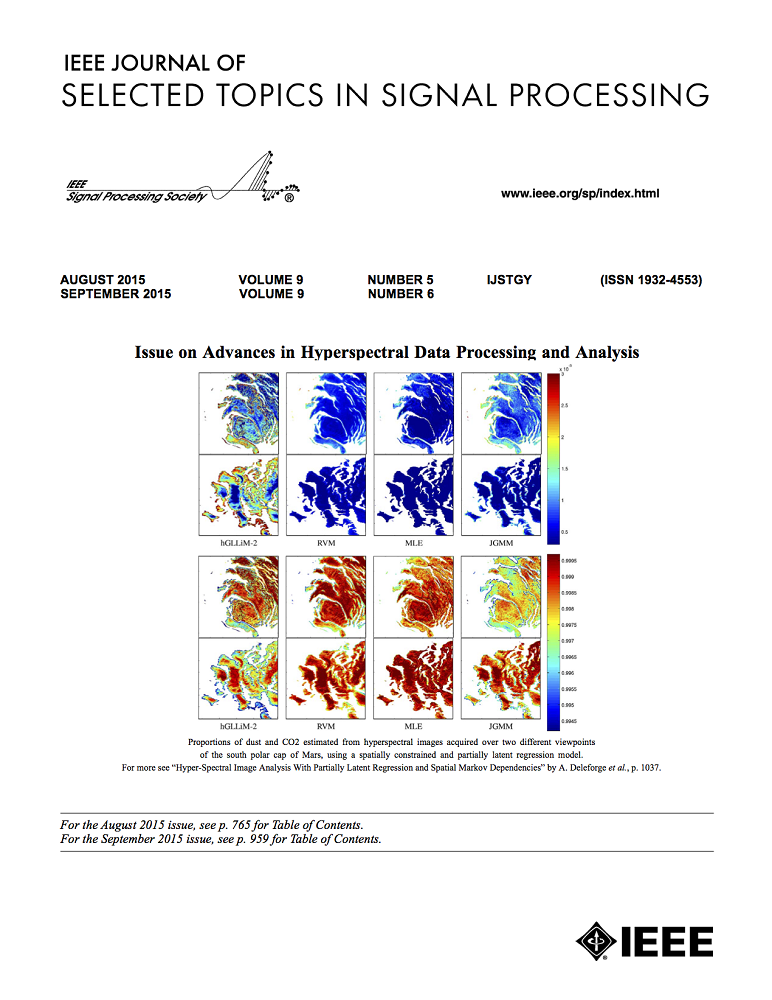面向下一代多址资源分配的star - ris辅助无人机通信
IF 8.7
1区 工程技术
Q1 ENGINEERING, ELECTRICAL & ELECTRONIC
IEEE Journal of Selected Topics in Signal Processing
Pub Date : 2024-08-23
DOI:10.1109/JSTSP.2024.3449124
引用次数: 0
摘要
进化非正交多址(NOMA)已成为下一代多址(NGMA)的潜在候选者。结合NOMA和前沿6G技术可重构智能表面(RIS)的信号处理研究很有吸引力,但它们的兼容性也是一个具有挑战性的研究问题。为了实现计算资源和通信资源分配的联合设计,提出了一种全覆盖同时发射和反射(STAR) ris的无人机上行NOMA通信模型。这项工作的目的是最大程度地提高求和速率,同时最小化系统计算卸载延迟。一方面,我们共同探讨了STAR-RIS辅助上行信号传播能量分裂(ES)模式下的计算卸载和NOMA上行连续干扰消除(SIC)解码优化问题,解决了计算卸载任务大小和解码顺序问题。采用混合鲸蝠优化算法(WBOA)和坐标下降法(CDM)对发射和反射的波束形成和相移进行解耦和优化,给出了最小化卸载延迟的解决方案。验证了联合设计的方案对系统的计算卸载能力和通信性能有很大的帮助。本文章由计算机程序翻译,如有差异,请以英文原文为准。
STAR-RIS-Aided UAV Communication for Next Generation Multiple Access With Resource Allocation
Evolutionary non-orthogonal multiple access (NOMA) has emerged as a potential candidate for next-generation multiple access (NGMA). The signal processing research combined with NOMA and cutting-edge 6G technology reconfigurable intelligent surface (RIS) is attractive, but their compatibility is also a challenging research issue. In this paper, a full-coverage simultaneously transmitting and reflecting (STAR) RIS-enabled uplink NOMA communication model for unmanned aerial vehicle (UAV) is proposed to attain the joint design of computing and communication resources allocation. The aim of this work is to boost the sum-rate to the utmost degree while minimizing the system computing offloading latency. On the one hand, we jointly explore the computing offloading and NOMA uplink successive interference cancellation (SIC) decoding optimization problem in STAR-RIS assisted uplink signal propagation with energy splitting (ES) mode, solving for the computational offloading task size and decoding order. Alternatively, the beamforming and phase-shift of transmitting and reflecting is decoupled and optimized by hybrid whale-bat optimization algorithm (WBOA) and coordinate descent method (CDM), which gives a solution to minimize offloading latency. It is verified that the joint devised scheme may greatly contribute to the computing offloading capability and communication performance of the system.
求助全文
通过发布文献求助,成功后即可免费获取论文全文。
去求助
来源期刊

IEEE Journal of Selected Topics in Signal Processing
工程技术-工程:电子与电气
CiteScore
19.00
自引率
1.30%
发文量
135
审稿时长
3 months
期刊介绍:
The IEEE Journal of Selected Topics in Signal Processing (JSTSP) focuses on the Field of Interest of the IEEE Signal Processing Society, which encompasses the theory and application of various signal processing techniques. These techniques include filtering, coding, transmitting, estimating, detecting, analyzing, recognizing, synthesizing, recording, and reproducing signals using digital or analog devices. The term "signal" covers a wide range of data types, including audio, video, speech, image, communication, geophysical, sonar, radar, medical, musical, and others.
The journal format allows for in-depth exploration of signal processing topics, enabling the Society to cover both established and emerging areas. This includes interdisciplinary fields such as biomedical engineering and language processing, as well as areas not traditionally associated with engineering.
 求助内容:
求助内容: 应助结果提醒方式:
应助结果提醒方式:


